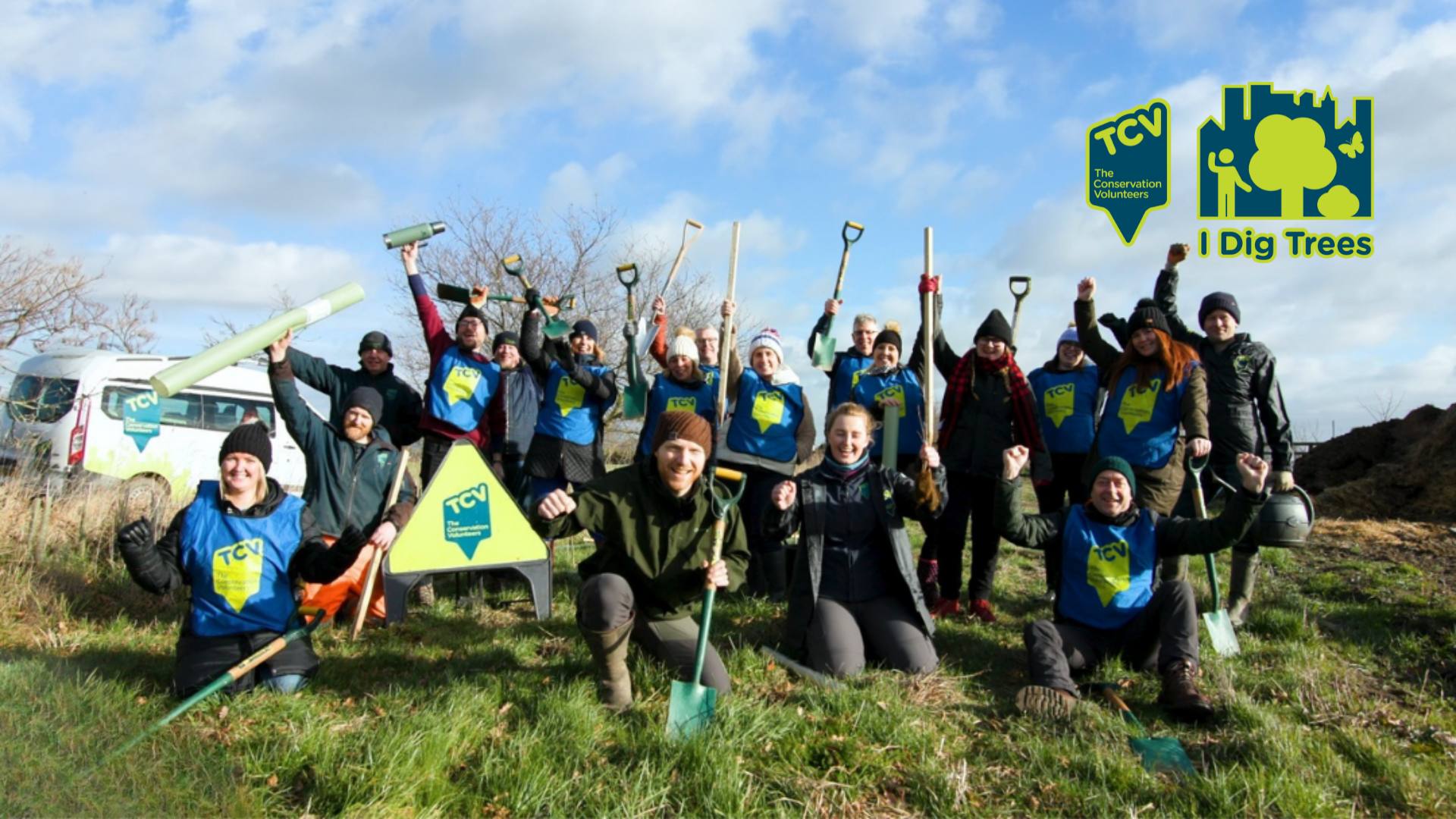cheshirebirder
Well-known member
Just watched an article on tv about this . The main aim is carbon capture from the atmosphere as the trees grow to huge heights and particularly rapidly. Fabulous trees that I’ve had the privilege to see out in their native home in western America. We also have them in a number of our parks and gardens in the uk. but not on the same scale. The programme set me wondering how these trees interact with the rest of our native wildlife and a quick google revealed no information . The planting scheme guarantees three native trees will be planted for each sequoia to help biodiversity , assume carefully planted so as not to get rapidly shaded out ! What do other people think about the impact ( or not ) of this on our wildlife generally ?








